Tracey Warr's Blog, page 11
September 12, 2022
Talking on Nest ferch Rhys at Carew Castle this weekend
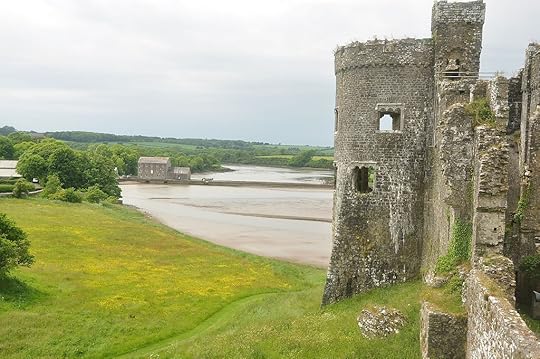 Carew Castle, Pembrokeshire
Carew Castle, PembrokeshireI am talking about the turbulent life of the Welsh noblewoman, Nest ferch Rhys at Carew Castle, Pembrokeshire, Wales, including a tour of the castle, on Sunday 18 September 2022 at 11am and again at 2pm.
Nest is the heroine of my Conquest trilogy and Carew was one of her castle homes. It may have been the site of her kidnap by the Welsh prince, Owain ap Cadwagn, when her Norman husband Gerald FitzWalter was forced to escape down the castle’s toilet chute. (See my article for further information on this incident and the wily Gerald.)
August 19, 2022
Voicing the Voiceless – medieval female protagonists
 Misty morning, writing in the medieval clifftop village of Saint Cirq Lapopie, France, with a view over the house of surrealist writer Andre Breton and down to the meandering River Lot
Misty morning, writing in the medieval clifftop village of Saint Cirq Lapopie, France, with a view over the house of surrealist writer Andre Breton and down to the meandering River LotAlmodis de La Marche, countess of Toulouse and Barcelona, was, according to the monk chronicler William of Malmesbury, ‘afflicted with a godless female itch’. Ah ha, I thought, she sounds like she should be the heroine of my first novel.
After that first novel on Almodis, I wrote four more novels set in early medieval Europe, based on women who garner a few sentences in the chronicles. They include Adalmode, Countess of La Marche, who was forced to marry her husband’s murderer; Emma of Segur, Viscountess of Limoges who was kidnapped by Vikings and held hostage for three years; and Nest ferch Rhys, the daughter of the last independent king of southwest Wales whose turbulent life included being mistress to the Norman king Henry I, wife of two Norman warriors, and kidnapped by the Welsh prince, Owain ap Cadwagn.
I will be talking about medieval female protagonists in historical fiction with author Katherine Mezzacappa at the Historical Novel Society conference in Durham on Sunday 4 September 12pm. The conference keynote speakers are Emma Darwin, Rachel Malik, and Graeme Macrae Burnet. You can check out the full details of the conference here.
The title image shows Nest ferch Rhys in bed with King Henry I from Matthew Paris’s illustrated manuscript in the British Library.
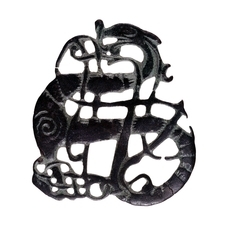 My print of a Viking brooch
My print of a Viking brooch
May 20, 2022
New video review of Conquest
I just came across this video book review of my Conquest trilogy by the Mental Traveler. Thank you!
The Conquest trilogy centres on the turbulent life of the 12th century Welsh noblewoman, Nest ferch Rhys, who was the daughter of the last independent Welsh king during the Norman invasions.
She was the mistress of the Norman king Henry I; then married to the Norman steward of Pembroke Castle, Gerald FitzWalter; then kidnapped by the Welsh prince Owain ap Cadwagn. After Gerald died she was married to the Norman constable of Cardigan Castle, Stephen de Marais.
My trilogy follows Nest and her Flemish friends, Haith, Sheriff of Pembroke and his sister, Benedicta, who is a nun in Normandy.
The books in the trilogy are:
‘The drawbridge came down and I ventured in, I was not disappointed. The level of detail and care and attention which has gone into this novel is spellbinding, the story of Nest is complex and multi-layered but reads like a charm it’s a brilliantly woven tapestry of historical intrigue where I felt as if I’d been part of the novel, and part of Nest’s life and I missed her for a while afterwards.’ (The Book Trail)
all published by Impress Books.
April 23, 2022
Book Events Coming Up
I just gave my first in-person author’s talk after a two-year hiatus and it was a delight to be talking with readers and other writers again. I spoke about my current work on a medieval murder mystery featuring a female troubadour protagonist. Thanks to Parisot LibraryLit for organising the event.
More talks coming up in the autumn:
Sun 4 Sept 12pm Historical Novel Society Conference, Durham, England with Katherine Mezzacappa
Thurs 8 Sept 7pm Hexham Library, England with Katherine Mezzacappa
Sun 18 Sept 11am & 2pm Carew Castle, Wales, including a tour of the castle
Wed 21 Sept 5.30pm Pembroke Dock Library, Wales
Fri 23 Sept 11am Victoria Bookshop, Haverfordwest, Wales – booksigning
Sat 24 & Sun 25 Sept Narberth Book Fair, Wales
Date tbc The English Library, Villefranche-en-Rouergue, France
Sat 4 & Sun 5 Dec Laguepie Salon du Livres, France
World Book Day 2022
#WorldBookDay2022 #BehindEveryBook @Soc_of_Authors @CouncilWriters
Celebrating writers, translators, and illustrators everywhere today.
Medieval floating mills
The novel I’m working on is set at the end of the 11th century in Toulouse (and moves into the Pyrenees and the Iberian kingdoms in the second part). Medieval Toulouse had floating water mills for milling flour, which I was curious to find out about.
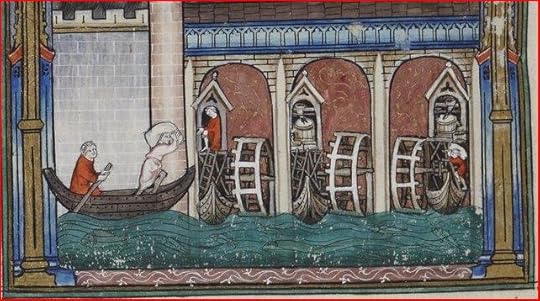 Floating mills on the Seine, 1310, Bibliothèque nationale
Floating mills on the Seine, 1310, Bibliothèque nationaleThe title image shows the Floating Mill Museum in Koloravo, Slovakia. Thanks to Bev Newman‘s informative post on floating mills where you can read more.
April 16, 2022
Black Saturday
Today is Holy Saturday or Black Saturday. I’ve set a scene in my new medieval novel during the Black Saturday night vigil in Toulouse’s Saint Etienne Cathedral. As an atheist myself, trying to imagine my way into the religious beliefs of my medieval characters is a major challenge. I asked my Catholic friend, Anne, to help me out with my research. She turned up with her missal and talked me through the Easter rituals in a high Catholic church using the Roman Rite in use in the Middle Ages.
Holy Saturday is a day of deepest mourning after the crucifixion of Christ preceded by 40 days of Lent fasting. There is no daytime mass in the church and the alter is bare. On Maundy Thursday, the host – the chalice of wafers representing Christ’s body – is moved from the main altar to a side altar decorated with flowers, representing the garden of Gethsemene. The bells are silenced for three days before Easter. On Good Friday, the priest wraps the host with his cope without touching it and it is removed from the church altogether. No consecrations can take place. The tabernacle where the host is usually kept on the altar is wide open and empty. The tabernacle lantern is put out. There is no presence of Christ in the church.
On Holy Saturday, when darkness has completely fallen, the Easter Vigil takes place. A fire is kindled in a brazier outside the east door, facing Jerusalem. The priest lights the Paschal candle at the brazier and slowly processes up the aisle of the dark church, offering the flame to members of the congregation on either side who light their own candles and then those of their neighbours. Light slowly creeps back into the church and moves up towards the altar. The priest calls out Lumen Christi! three times as he processes. There is a lengthy service with lessons, canticles, blessings, the singing of Gloria in excelsis Deo. The priest has his back to the congregation and there is a cross on the back of his cope, showing his representation of Christ on the cross. He makes the sign of the cross 33 time to signify Christ’s age when he was crucified. When the priest elevates the host – it signifies Christ being lifted up and nailed to the Cross. When he lifts the chalice of wine, it signifies Christ’s blood as he was lanced in the side. The congregation stand for the Gospel of St John: ‘In the beginning was the word… and then the Alleluia is sung and, at last, the bells can ring.
You can watch a recording or a live streamed version of the service using the Roman Rite, which was used in the Middle Ages, online on Youtube, for example,
https://www.youtube.com/watch?v=7Lf57sbhFQE
Thanks to Anne. I could not have described the fabulous theatre of the Easter night ritual without her passion about the Passion. Apologies for any errors, which are all mine.
April 6, 2022
Talk on Fictional Sleuths in France This Week
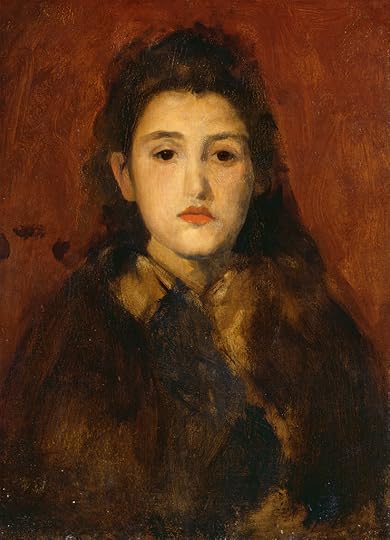 James McNeill Whistler, Alice Butt, c. 1895
James McNeill Whistler, Alice Butt, c. 1895I will be giving an illustrated talk at Parisot Library, 82160, France this week on my current shift from writing novels based on real medieval women to a series of medieval murder mysteries, featuring a fictional sleuth.
My sleuth, Beatriz de Farrera, is a Catalan trobairitz (or female troubadour). I’ve envisaged her based on this portrait by Whistler.
The presentation starts at 10.30am on Saturday 9 April, is free, and is followed by aperos.
My talk is part of the LibraryLit series.
Parisot is home to the marvellous bi-lingual Festilitt literary festival that takes place every year in October.
March 11, 2022
The Practice of Space
February 26, 2022
Planning a Novel 3: Sleuths Galore
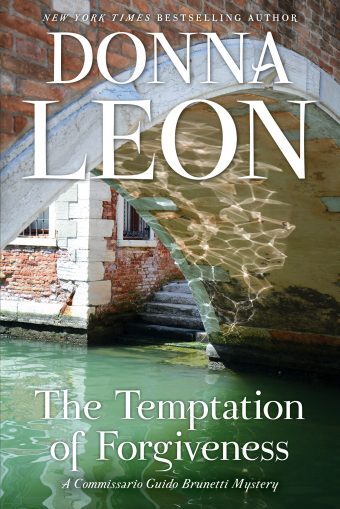
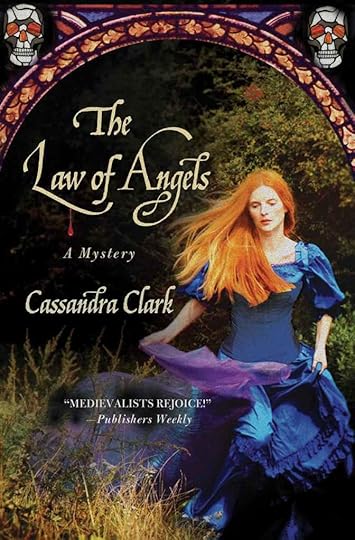
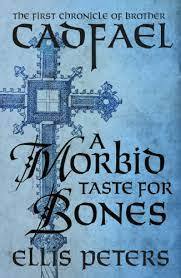
I’ve been looking at other novelists’ sleuths – medieval or otherwise – as part of my current work on a series of medieval murder mysteries. The novel I am writing features a Catalan female troubadour and is set in 11thcentury Toulouse.
Other sleuths I’ve been studying include Ellis Peter’s Cadfael, Donna Leon’s Brunetti, Lee Child’s Reacher, C.J. Sansom’s Shardlake, Jo Nesbo’s Harry Hole, Sue Grafton’s Kinsey Milhone, and Cassandra Clark’s Hildegard. I’m interested in long-running series and how the central character is drawn and developed across the series.
I will be giving an illustrated talk about writing a medieval murder mystery at Parisot Library in France on Saturday 9 April 10.30am (followed by aperos) as part of their Library Lit programme.
In addition to talking about the novel I’m working on now, I will also talk about my recently published novel, The Anarchy. In The Anarchy, Sheriff Haith tries to uncover the truth about the sinking of The White Ship in the English Channel. King Henry I’s only legitimate son and heir and 300 other young Norman nobles died in the wreck. Come along to the Parisot Library if you are in the area. In October every year, Parisot hosts a marvellous bi-lingual literary festival, Festilitt.
I am delighted that in-person author events are resuming at last. I will also be speaking at the Historical Novel Society conference in Durham on 4 September and participating in the Narberth Book Fair in Wales 24-25 September. More event news coming up soon.



